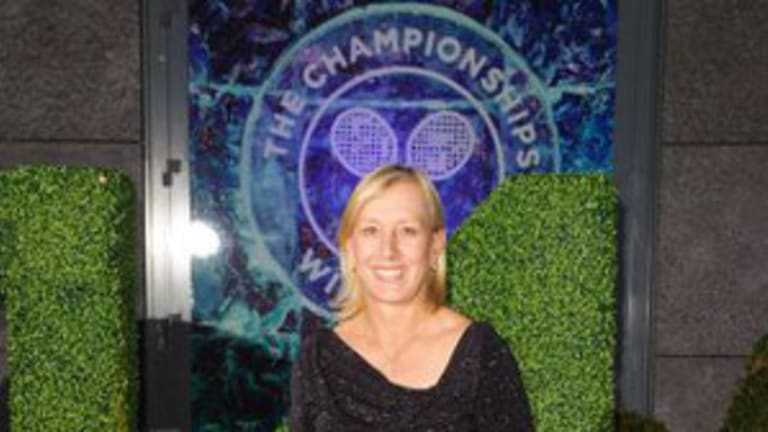The bar for Petra Kvitova at Wimbledon was set high—very high—long before the 24-year old pride of Bilovec had to meet the likes of Venus Williams, Lucie Safarova, and Eugenie Bouchard. The bar was placed by the great tradition of Czech tennis, and in the end Kvitova cleared it with daylight visible under her.
In the final, Kvitova simply demolished one of the most dangerous types of opponent: An eager, mature, poised competitor hoping to build upon an astonishing breakout during which she had already been to two Grand Slam semifinals. But the breakout became a blowout, as Bouchard was beaten by a woman who took the power game to new, perhaps previously unmatched heights.
Bouchard handled the stress of playing her first Grand Slam final admirably; there were no tremors nor tears of the kind shed by Sabine Lisicki while she was getting her clock cleaned by Marion Bartoli in the 2013 title match. There were only those savage, vicious winners pouring from Kvitova’s racquet. Bouchard was present and accounted for during the final; the one-sided score was strictly a tribute to Kvitova’s prowess.
Kvitova hit a dazzling 28 winners that accounted for nearly half of the total points (61) she won. She made just 12 unforced errors, which left Bouchard winning just 25 points under her own initiative. Most startling, perhaps, is that Bouchard made only four unforced errors in the entirematch; how often has a player with so few misses lost, three-and-love?
If this wasn’t a great match, fans and spectators could at least console themselves with the fact that they witnessed one of the greatest performances any player has produced in a Grand Slam singles final. Oh, others have blown out opponents, but few have done so as persuasively, as unilaterally, as overpoweringly as Kvitova. July 5th, 2014, was a day on which Kvitova might have shown even that Wimbledon icon Martina Navratilova what havoc a lady might wreak with a left hand.
Navratilova, of course, was also left-handed. Yet for all her athleticism, which remains the WTA gold standard, she never fully reaped the advantages of playing lefty. Kvitova, by contrast, has that southpaw’s mark of cain as surely as did John McEnroe, or even Rod Laver. Unlike Navratilova, Kvitova has that wicked, Bend-it-like-Beckham slice serve. The forehands of both women were/are somewhat shaky, but Kvitova’s is explosive in a way that Navratilova’s never was. Navratilova’s backhand was more versatile, but she earned great rewards with her sliced backhand approach, a shot would not be nearly as valuable in today’s high-octane game.
